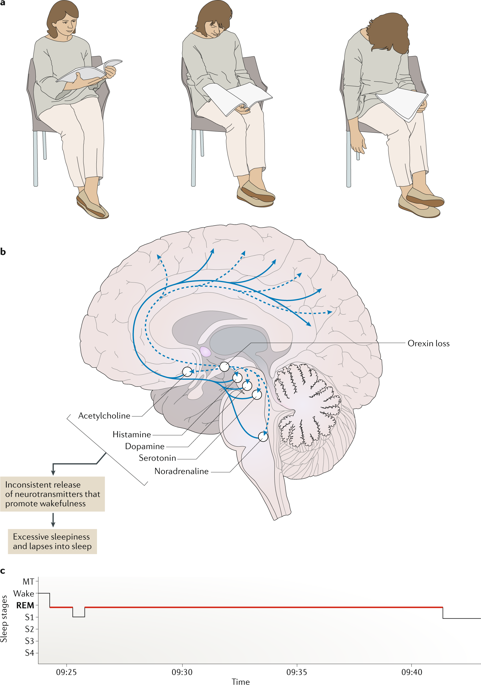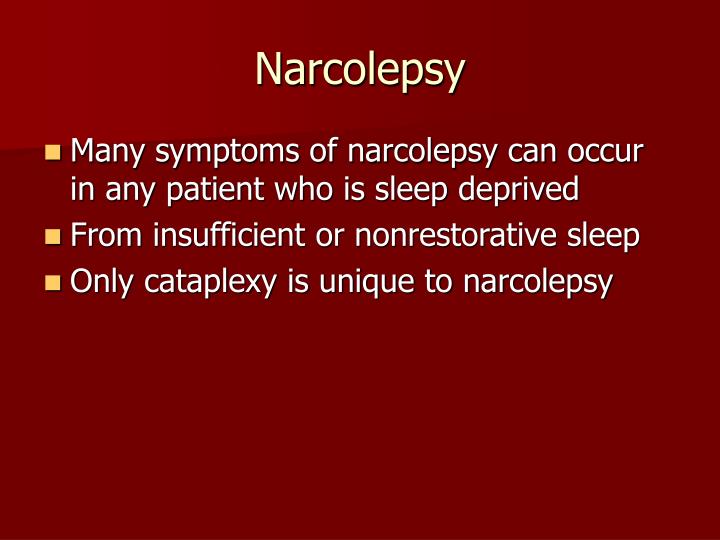

Your dog is neither suffering nor is it in pain while it is undergoing this neurological episode, and there is no need to be concerned about it choking on food and/or having its airway obstructed if an episode occurs while it is eating. These attacks can appear to be severe, but they are not life threatening. Watching for small signs of an oncoming episode, and being prepared to gently bring your dog out of it can help the incident to pass quickly. Although you may not be able to prevent episodal attacks of narcolepsy or catalepsy, you may be able to reduce the frequency and duration of them. By finding possible patterns, such as in particular activities, foods, or times of day, you may be able to predict with some surety when your dog will have an episode. Your veterinarian will try to determine what is behind the episodes. A food-elicited cataplexy test may also be performed, since many animals with cataplexy have attacks while eating. If there is an activity that appears to consistently bring about episodes, your veterinarian will attempt to simulate the activity so that an episode can be observed first-hand. If it is possible to visually record a narcoleptic or cataplectic attack, it may help you and your veterinarian to find a predictable pattern leading up to the episodes. You will need to give a thorough history of your dog's health, the onset of symptoms, and possible incidents that might have precipitated this condition. Your veterinarian will perform a thorough physical exam, including a blood chemical profile, a complete blood count, a urinalysis, and an electrolyte panel to rule out any underlying diseases. Hereditary in Labrador retrievers, poodles, dachshunds, and Doberman pinschers.Episodes usually end when stimulated by petting, loud noises, etc.Eye movement, muscular twitching, and whimpering during episodes.Episodes last from several seconds up to 30 minutes.

Rapid onset of episodes, with no apparent warning of imminent collapse.Some of the usual symptoms of narcolepsy and cataplexy are: Typically, the dog will come out of an episode in response to other external stimuli, such as when it hears loud sounds, or when it is petted. The dog remains aware and conscious of what is going on around it during this type of episode. During a cataplectic episode, the dog is in a paralyzed state, although its eyes remain open, and it has control over its eye movement. Closed eye movement continues, as if the dog were in the stage of REM sleep. It is just as if the dog has suddenly fallen into a deep sleep. Moments of heightened emotion play a role in both conditions and in the onset of an episode.ĭuring a narcoleptic episode, the affected dog will collapse onto its side or stomach, its muscles slacken, and all physical movement briefly ceases. Narcoleptic and cataplectic episodes can last from several seconds up to 30 minutes, often occurring when the dog is eating, playing, excited, or is engaged in sexual activity. This is not a fatal disease, but it is one that requires attention and awareness. A physical exam will typically show normal physical and neurologic responses, with no obvious abnormalities. Symptoms and TypesĪ dog that has either of these conditions will not always have any secondary or underlying conditions related to it. These disorders are relatively common in dogs. Cataplexy is similar to narcolepsy in that the episodes are spontaneous, brief, and reversible. The animal remains alert and can follow movement with its eyes throughout the episode. Cataplexy is characterized by sudden muscle paralysis without loss of consciousness. The episodes are brief and go away by themselves.

Narcolepsy occurs when an animal suffers from excessive daytime sleepiness, lack of energy, or brief losses of consciousness. Narcolepsy and cataplexy are disorders of the nervous system.


 0 kommentar(er)
0 kommentar(er)
